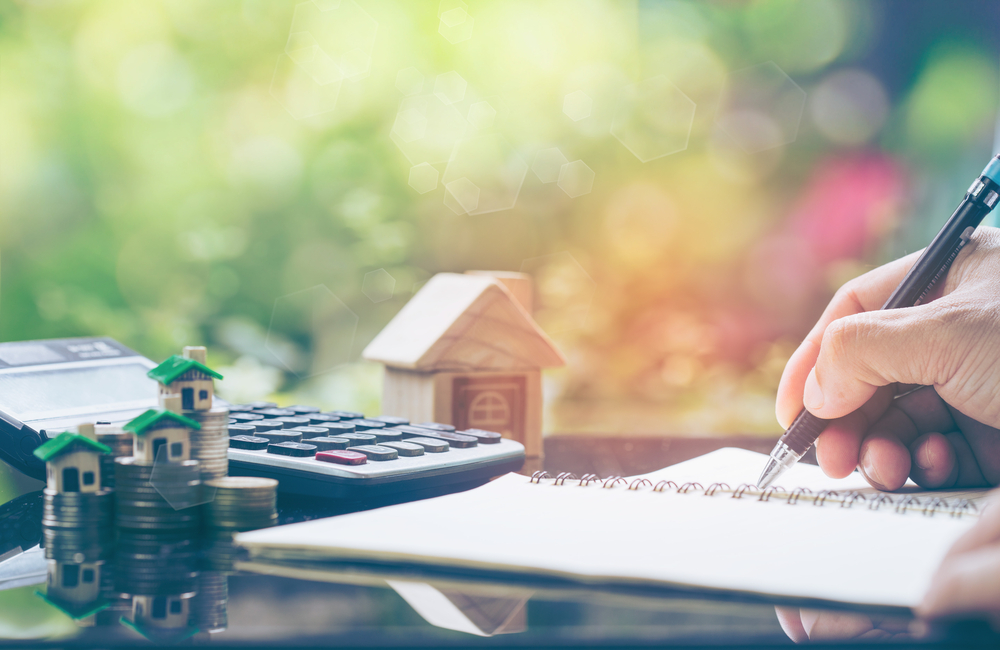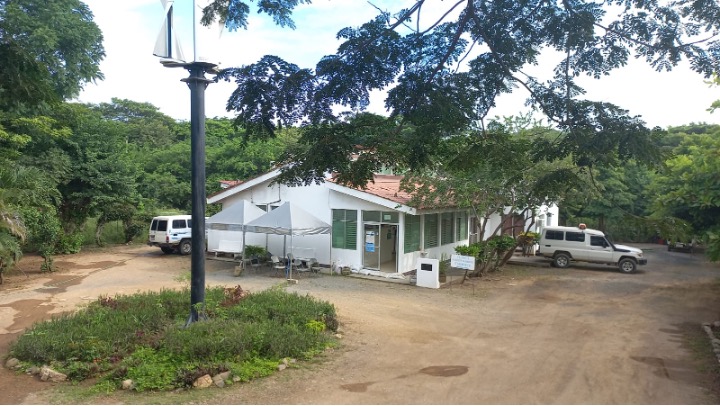How to Make a Smart Investment Plan
Mark Ford|October 30, 2020

Knowing what the current and historic returns are for every type of investment, the smart investor will curtail his ambitions to what is reasonable to expect.
For example, the smart investor plans to get 8% to 12% on his stock portfolio over time. He doesn’t try to get much more than that. He knows that if he does try, he will probably make much less. (Studies show he’ll probably make only 2% to 3%.)
The same is true of every other asset class – government securities, corporate bonds, convertible bonds, natural resource stocks, penny stocks, private placement deals, commodities, currencies, real estate, etc. Trying to do much better than general market averages is foolish.
Let’s look at real estate as an illustration.
Over a period of maybe 20 years, I invested in six or eight deals with E.P., a trusted friend, who built high-end residential communities. The investments I made were as a partner in a limited liability company (LLC).
I was a limited partner, which means I invested a sum of money in exchange for a percentage of the deal. E.P. and his partner were general partners. They put the deal together, built the development, sold it and got a nice piece of the profits even if they didn’t put in any money.
As limited partners, we put up a good chunk of the capital needed to get the project going. We got most of the benefits we would have gotten from developing real estate ourselves, but with two advantages:
- We didn’t have to run the business.
- Our risk was limited to the money we put in.
The downside was that we had to pay E.P. and his partner fees for everything they did.
Overall, I did reasonably well for that sort of investment strategy. If I had to guess, I’d say my annual return on investment (ROI) amounted to about 12%. But the individual results varied widely. On one deal, I doubled my money in less than two years. On another, I made a 60% return in three years. One deal went broke, and I got nothing back. The results of the rest were somewhere in between.
In all of them, the management group was the same, the deals were structured pretty much the same and the developments were all in South Florida. So why were my results so varied?
It was because of factors that I had never considered.
Timing, for example…
One deal got held up for almost two years because of evidence that the land had once been a Native American burial ground. Ultimately, it was decided that it wasn’t – or that if it was, it was insignificant. But with large development projects, time is money. And the cost of those two years was so great that the project, even though it sold well, never made a profit.
Another one, a development of about the same size, had three advantages: It was completed ahead of schedule at the peak of the real estate bubble, and it sold out within three months. This is the one where I doubled my money.
As I said, my overall return was about 12%, which I was satisfied with. But I went into those investments hoping to make 25% or better. Several times, as I said, I had those kinds of returns. But several times, I did worse.
What I learned was that these sorts of real estate deals can be good if you invest in a basket of them during an economy that is gradually getting stronger. But I would never again set my hopes at 25% on a limited partnership deal. I know now that a more reasonable expectation is 12% to 18%. (And that’s if you have a fair amount of luck.)
Moving On to Single-Family Homes…
Halfway through my run with E.P., I tried something else. I began to buy inexpensive single-family houses, fix them up and rent them out.
I’m not sure why I was attracted to that particular market. But since I knew nothing about it, I decided to start small and move slowly. And I’m glad I did. Investing in this sort of real estate turned out to be very different from the investing I’d done with E.P.
Acquiring rental properties, I found, has some distinct advantages. The first is that the arithmetic is relatively easy to understand. You find out how much it will cost to buy and restore a particular house. You compare that total cost with the yearly rent you can get after it’s fixed up. And if the numbers work, you buy it.
The formula I used was one my brother (who was ahead of me in this game) taught me. Don’t spend more than eight times gross rent, he said. Example: If the house costs $80,000 plus $20,000 to fix it up, my total cost is $100,000. So, based on the formula, I’d have to be able to rent it for $12,500 a year. Conversely, if I found a house that I could rent for $1,000 a month, or $12,000 a year, I would not pay more than $96,000 for it (8 x $12,000 = $96,000).
I’ve learned lots more about this kind of real estate investing over the years, but this simple rule of thumb has kept me from making the mistake that kills most people in this market: paying too much for a house just before the market crashes.
Over the years, I’ve probably seen an average return of about 15% to 20% – including income and appreciation – on my rental properties. You can grow a lot of wealth over 20 to 30 years at 15% to 20%.
I’ve also experimented with buying and flipping. This can be fun and profitable if you like that sort of thing. Even in an up market, you can pick up houses that are undervalued because of some aesthetic or structural issue that seems worse than it is. If you can find undervalued properties and have the ability to fix them quickly and cheaply, you can make good money.
The big challenge here is your emotions. You have to be able to stop buying and exit the market when the bargains no longer exist.
And Apartment Buildings…
The big advantage that apartment buildings have over single-family rentals is the cost of management. For a 50-unit building, it could easily be 5% or 6% of your rent-roll. For a single-family home, it would be closer to 10%.
The challenge is that apartment buildings are typically valued by cash flow, not intrinsic property value. So if you are in a seller’s market, it’s going to be difficult if not impossible to buy at a good price. Sometimes, however, you can find a building in some sort of distress that can be restored and then rented out at a good rate.
And with apartment buildings, as with single-family homes, if you can find a good partner who is willing to manage the property (for a fee), as I did, you can build a substantial real estate portfolio over the years while having a full-time job and a family. The time commitment with a partner is about an hour a month.
Then Land Banking…
I’ve sometimes done something called land banking. Land banking means buying up raw land and holding it, hoping it will appreciate. The upside is considerable. If you can afford to hold on to the property for 10 or 20 years, it’s possible to see it rise amazingly in value. A lot that I bought in Nicaragua years ago for about $50,000 is worth at least $500,000 today. A 10-acre parcel of farmland that I bought in West Delray Beach, Florida, five years ago for $800,000 I sold two years later for $1.3 million.
Like every other type of real estate investing, land banking has its unique advantages. Chief among them: There’s very little work to do. You buy the land. You pay the taxes (and sometimes cut the grass) for a few years or decades. And then you sell it for, hopefully, a big profit.
Another advantage is that if you buy the property right, when values are clearly low (as they were for me in Nicaragua), the risk of losing on your investment is relatively small. But the downside is the upside. It might take much longer than you imagined to double or triple your money.
The Questions to Ask Yourself…
As I hope I’ve made clear, every type of investment has its own opportunities, challenges and risks. The secret to being successful in any one of them is to understand its inherent characteristics. What sort of ROI can you reasonably expect based on history, not promises? What sorts of risks are you taking, and can you afford to take them? What level of personal involvement are you getting yourself into?
Before you invest a nickel, do your homework. Do your best to make smart decisions, but expect to get average returns over the long run.
By taking that conservative approach, you will be doing the most important thing to optimize your long-term wealth: choosing the asset classes that you are most comfortable managing while diversifying your portfolio to achieve safe, realistic returns.
How have your investment expectations or plans changed this year? Share your thoughts at mailbag@manwardpress.com.



